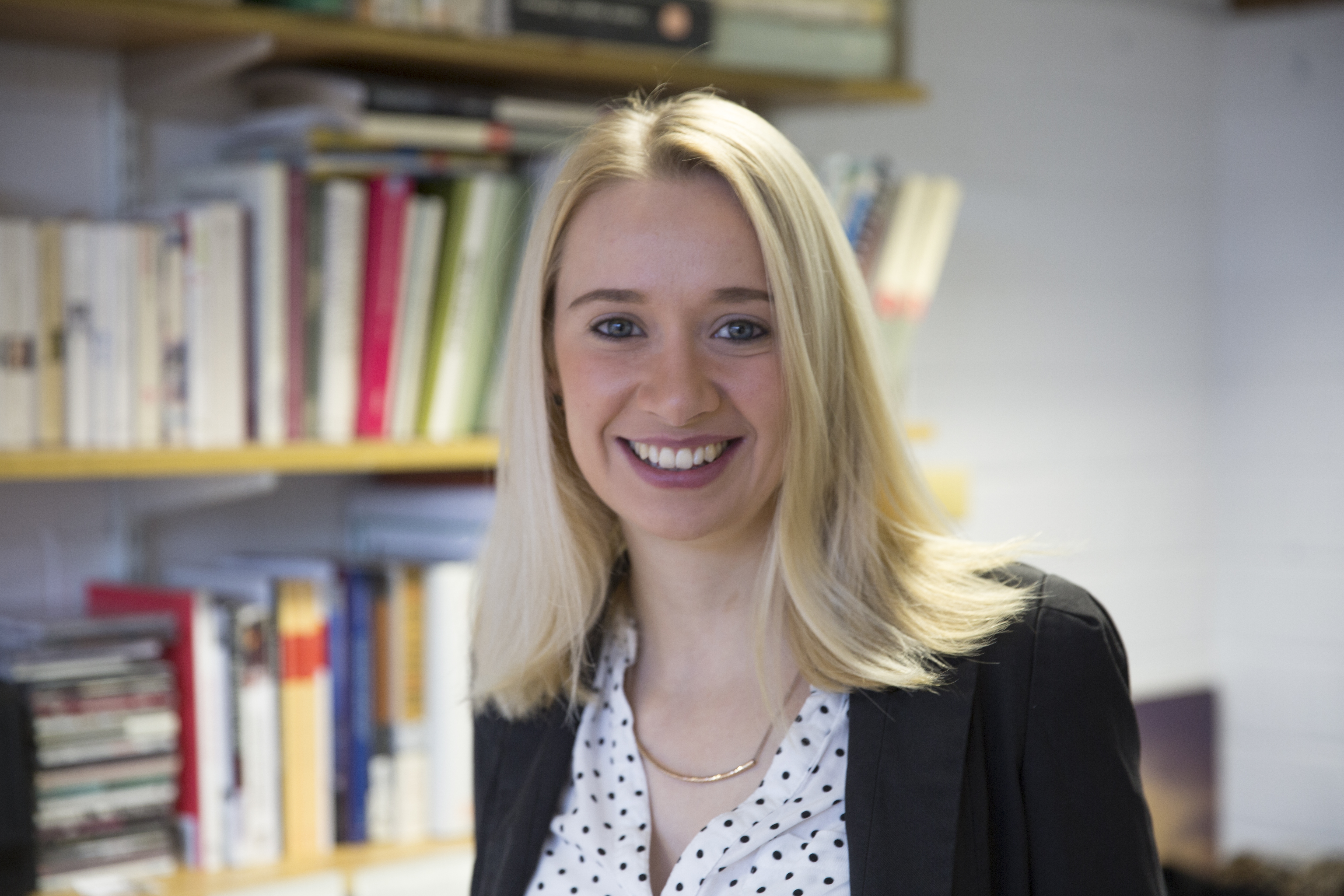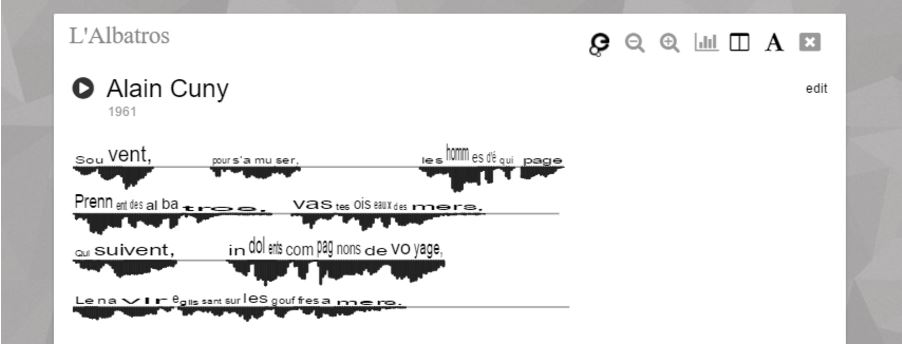The Visualising Voice project
The Europeana Research Grants Programme was launched for the first time in 2016 and proved hugely popular. Digital humanities researchers applied with projects that addressed research questions by using Europeana data. The high volume of proposals proved just how important it is to make heritage data available. And the wide variety of ideas showed the depth of potential in Europeana Collections material.
Grants were awarded to three projects, and in this mini blog series, we’re sharing their final reports with you, finding out what they’ve achieved and where they’ll go from here.
 First up, it’s Visualising Voice, a project by Dr. Caroline Ardrey. Since 2015, Caroline has been working as a Research Associate at the University of Birmingham, as part of the AHRC-funded Baudelaire Song Project (directed by Prof. Helen Abbott). Caroline is a researcher at the University of Birmingham specializing in 19th- century French poetry and the way in which performance changes the way we read a particular poem.
First up, it’s Visualising Voice, a project by Dr. Caroline Ardrey. Since 2015, Caroline has been working as a Research Associate at the University of Birmingham, as part of the AHRC-funded Baudelaire Song Project (directed by Prof. Helen Abbott). Caroline is a researcher at the University of Birmingham specializing in 19th- century French poetry and the way in which performance changes the way we read a particular poem.
Download Visualising Voice’s final report.
What’s the project?
Visualising Voice, an off-shoot of the Baudelaire Song Project, sought to address three questions:
- How do features of speech affect the way we read and interpret poetry?
- How can listening to someone else reading a poem shape our own understanding of the text?
- How do our own interpretative decisions colour the way we use our voices when reciting a poem?
How does it use Europeana Collections?
Europeana Collections has a rich body of spoken performances of poems by nineteenth-century French poets, waiting to be discovered, explored, and used for research. These recordings were the key to addressing the lack of studies of spoken word performances of poetry in French, and to kick-starting a more general awareness of how performance affects our interpretation of a particular poem, across a wide range of languages and cultural traditions.
Within the context of this project, Caroline chose to study the performances of three poets from nineteenth-century France whose work is now canonical - Charles Baudelaire (1821-1867), Paul Verlaine (1844-1896) and Arthur Rimbaud (1854-1891).
What did the project achieve?
The project created a visual tool, a bit like a musical score, to show how speakers in the various recordings handled aspects of poetry, from pronunciation and stress, to speed of delivery and punctuation. The Visualising Voice tool allows us to mark the beginning and end of each syllable, creating a timestamp.

Waveform view of the visualisation of Alain Cuny, reading Baudelaire’s “L’Albatros” in 1961.
What’s the future of the project?
Caroline says, ‘Thanks to the Europeana Research Grants, we’ve been able to kick-start what I believe is much-needed research into the spoken performance of poetry. Within my own department, we’re already using the results of the project, and the tools developed in our teaching. In the future, I’d like to develop the project further, allowing general users to record and upload their own performances, encouraging others to engage with Europeana resources in their homes and places of study.’
To find out more, explore an earlier interview on this project and visit the project website

